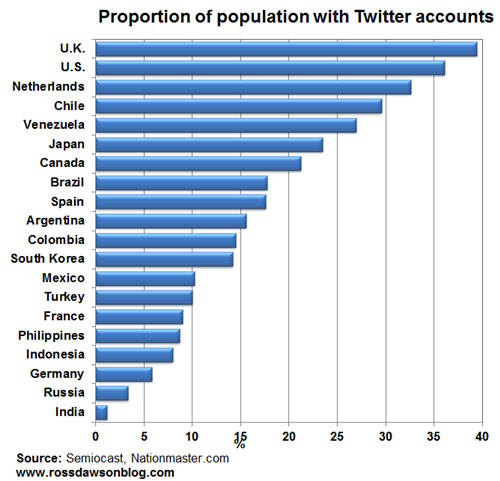Why do you curate? The 3 intents of curation and how they create value
I was recently in Rome for 24 hours to run a workshop for the senior technology executives of a global Fortune 50 company. While I was in town I was keen to try to catch up with collaboration and new media expert Robin Good, who I have known online for many years but never met, so I got in touch to see if we could catch up.
Fortunately he was available, and he took the opportunity to do a video interview with me. He has excerpted part of the interview in a great post Curation – A View from The Future: Ross Dawson, which includes 4 brief videos of me sharing my thoughts on curation.
Here is the fourth video in which I talk about the 3 intents of curation.
Here are the 3 intents, presented in reverse order from the video.
Read more →

